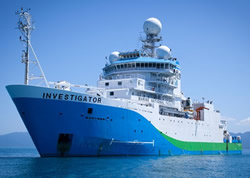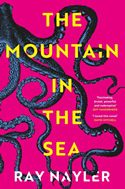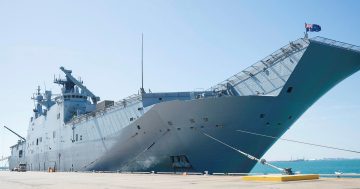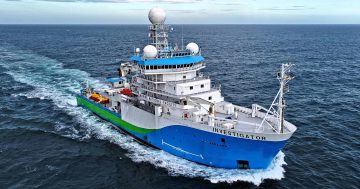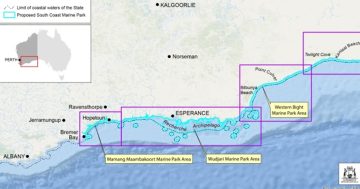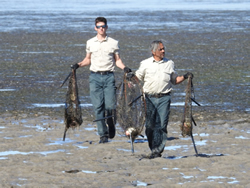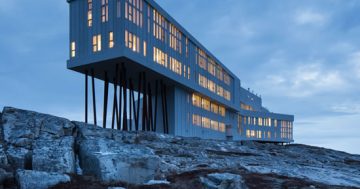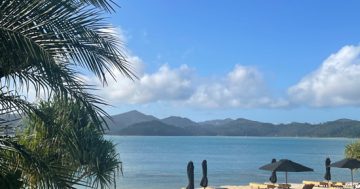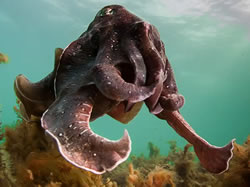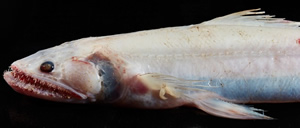 The Museums Victoria Research Institute has led a group of scientists mapping the seafloor in Australia’s Cocos (Keeling) Islands Marine Park in detail for the first time and also discovering previously unknown deep-sea life.
The Museums Victoria Research Institute has led a group of scientists mapping the seafloor in Australia’s Cocos (Keeling) Islands Marine Park in detail for the first time and also discovering previously unknown deep-sea life.
Senior Curator of Marine at the Institute, Tim O’Hara said the expedition team produced detailed three-dimensional images of the massive mountain underneath the Cocos (Keeling) Islands themselves.
Dr O’Hara, who is also the Chief Scientist of the expedition, said the journey revealed massive flat-topped ancient sea-mountains, flanked by volcanic cones, snarly ridges, and canyons formed from avalanches of sand that had slumped down onto the abyssal ocean floor.
“We have discovered an amazing number of potentially new species living in this remote marine park,” Dr O’Hara said.
“We are proud that our maps, data and images will be used by Parks Australia to manage the new marine park into the future.”
He said the Australian Government had proclaimed two massive marine parks across Australia’s Indian Ocean Territories in March this year that together cover an area almost the size of New South Wales.
Dr O’Hara said the research vessel (RV) Investigator, operated by the Commonwealth Scientific and Industrial Research Operations (CSIRO), also surveyed previously unknown deep-sea life in the Indian Ocean Territories.
He said that on the 35-day, 11,000km journey, underwater video revealed diverse fish life hovering over the summits of the seamounts, samples of which were collected from as deep as five kilometres below the surface.
He said some of the most fascinating finds included a previously unknown blind eel collected from a depth of about 5km covered in loose, transparent, gelatinous skin and the Highfin Lizard fish (pictured).
“Highfin Lizard fish are voracious deep-sea predators with mouths full of long sharp teeth,” Dr O’Hara said.
“They belong to a group of fishes that are simultaneous hermaphrodites; they have an ovotestis with functional male and female reproductive tissue at the same time,” he said.


